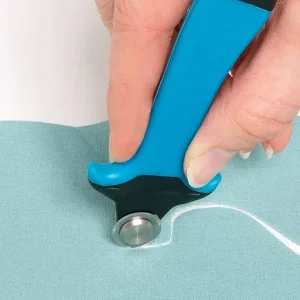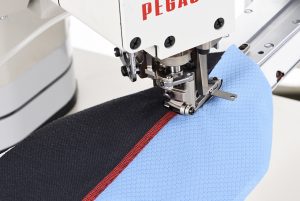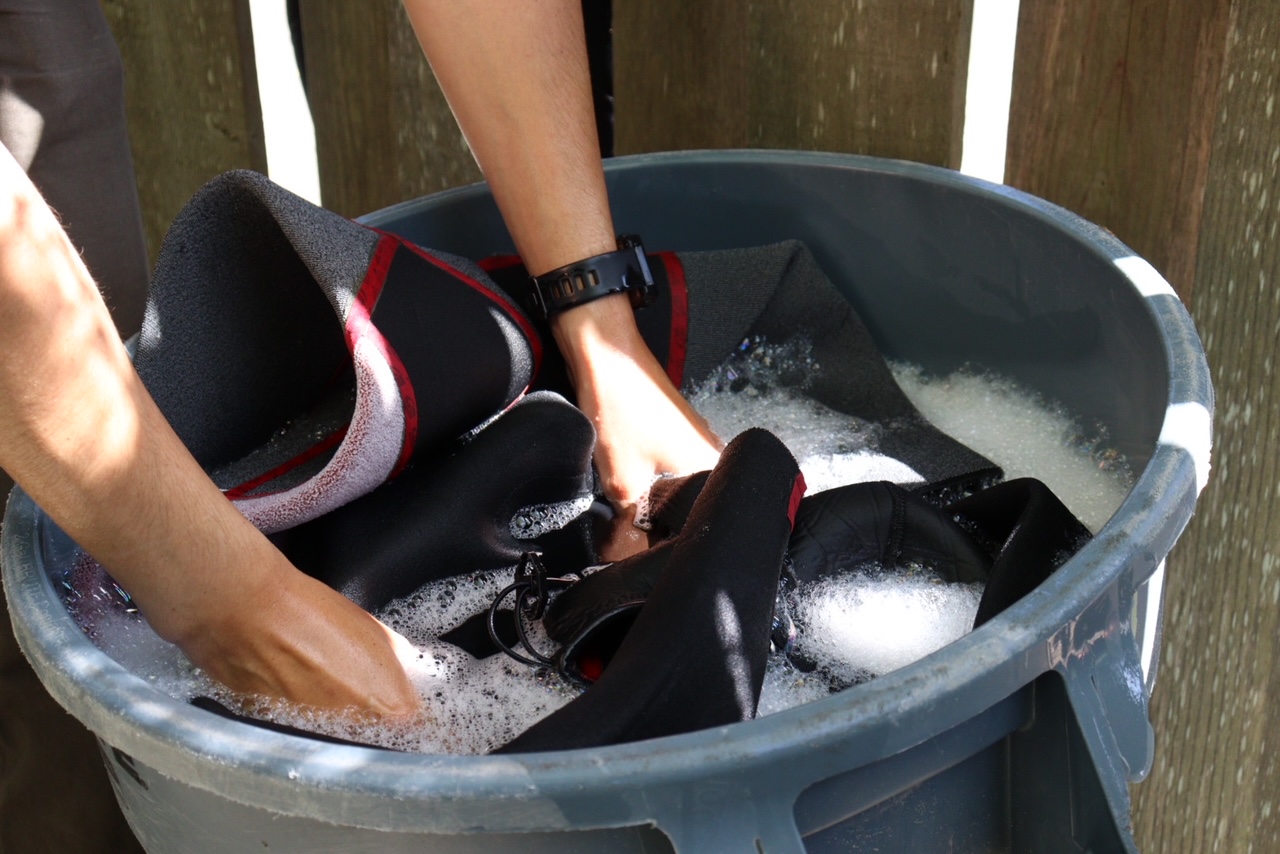How to wash neoprene fabric?
We suggest hand washing your neoprene in warm water, no higher than 40 degrees Celsius. Mild detergent or PH-neutral soap can be used. If the neoprene is very dirty, soaking a little longer is necessary. Wash gently to remove body soils, saltwater, or chlorine, especially after seawater or pooling sports, because saltwater or chemical would break down the glue which used bonding the neoprene sponge and fabric and result in splitting. Rinse the neoprene with fresh water until the remaining soap is gone. Lastly, do not put your neoprene in a dryer and avoid exposure to sunlight to extend its lifetime. Flat your neoprene and dry them in the shadow with good ventilation.

How to cut neoprene fabric?
For manual cutting, rotary cutters and fabric scissors are often used for cutting neoprene fabric. With a rigid straight edge, you can have accurate and clean cuts. Keeping your blades and scissors sharp is the biggest tip. Also, punch tools can help you with circle creation. If you don’t have punch tools, cardboard patterns work as well. Here is a tutorial showing the detailed steps for manual cutting.
For machine cutting, die-cut press and CNC machines are often seen in the plants for neoprene fabric cutting. The pros of the die cut are inexpensive, while for different patterns, you need different molds to work with. While, by connecting a computer, a CNC machine can direct a knife to move and cut materials without any molds. Of course, you have to pay more for that.

How to sew neoprene fabric?
Neoprene fabric can be sewn or stitched, like other fabrics. Most regular sewing machines can sew or stitch neoprene fabric thinner than 4mm. For the thickness is more than 4mm, a heavy-duty sewing machine might be needed. Also, neoprene fabric can be embroidered with an embroidery machine. According to professionals, needles like 16/100 jean/denim is good for proper sewing. Smaller, weaker needles are not strong enough to perforate neoprene and would cause tangles and break.


